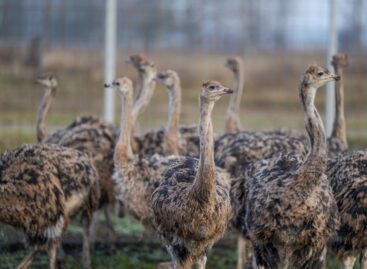Nestlé ploughs investment into Mexico in latest pet-food capex project
The Purina pet-food facility in Silao is earmarked for SFr200m ($220.9m).

Nestlé is adding production lines for Purina pet food in Mexico in the CPG giant’s latest investment in the category.
Following on from this year’s previously announced capex projects in the US, Italy and Hungary, Nestlé is channelling SFr200m ($220.9m) into its factory in the city of Silao, with adjacent land purchased for future expansion.
A third line for wet pet food produced under the Purina brand will be added at the Mexico plant and a fourth for dry food varieties, Nestlé said, adding that an estimated 94 jobs will be created as a result.
The Silao factory currently produces 125 varieties of dry and 45 varieties of wet pet food and employs almost 600 staff.
Nestlé added that an additional 48-hectare plot of land next to the facility has been purchased for future expansion, which will also entail the construction of a distribution unit to serve the local and overseas markets.
Over the past ten years, Nestlé said the Silao plant has received SFr700m in investment. The facility uses 100% renewable energy and also includes a water treatment plant to enable water reuse in its cooling towers.
Just Food
Related news
Consider these things before buying an electric car
🎧 Hallgasd a cikket: Lejátszás Szünet Folytatás Leállítás Nyelv: Auto…
Read more >Investment dumping is coming in the food industry
🎧 Hallgasd a cikket: Lejátszás Szünet Folytatás Leállítás Nyelv: Auto…
Read more >Product recall at Nestlé
🎧 Hallgasd a cikket: Lejátszás Szünet Folytatás Leállítás Nyelv: Auto…
Read more >Related news
Record-breaking Black Friday in online orders
🎧 Hallgasd a cikket: Lejátszás Szünet Folytatás Leállítás Nyelv: Auto…
Read more >Campaign launched to dispel misconceptions about meat and dairy products
🎧 Hallgasd a cikket: Lejátszás Szünet Folytatás Leállítás Nyelv: Auto…
Read more >The newest PENNY store opened in downtown Szolnok
🎧 Hallgasd a cikket: Lejátszás Szünet Folytatás Leállítás Nyelv: Auto…
Read more >







